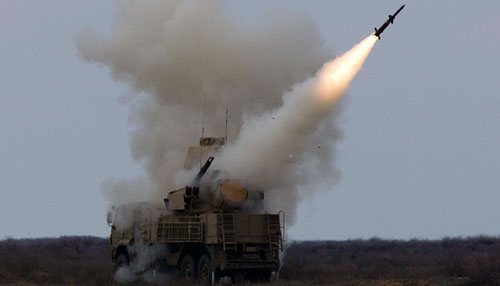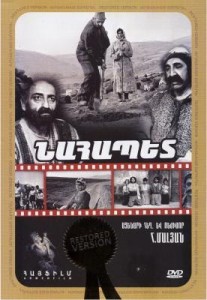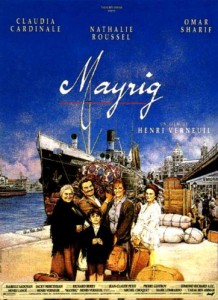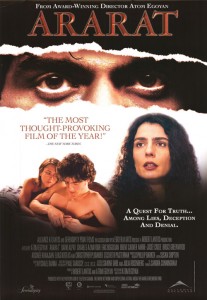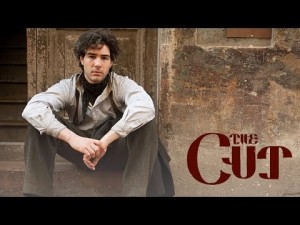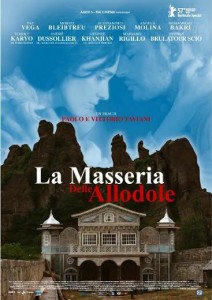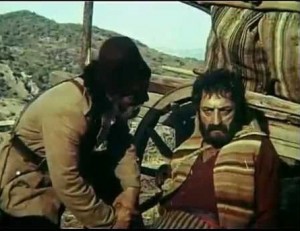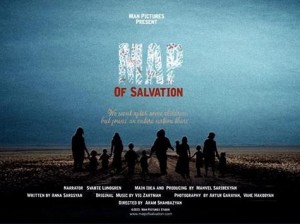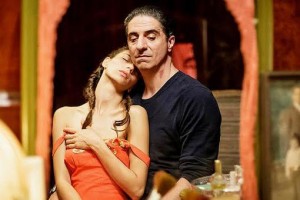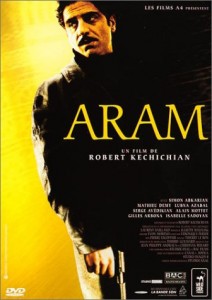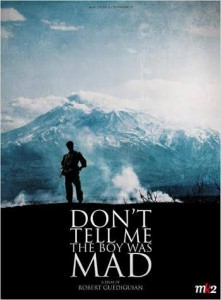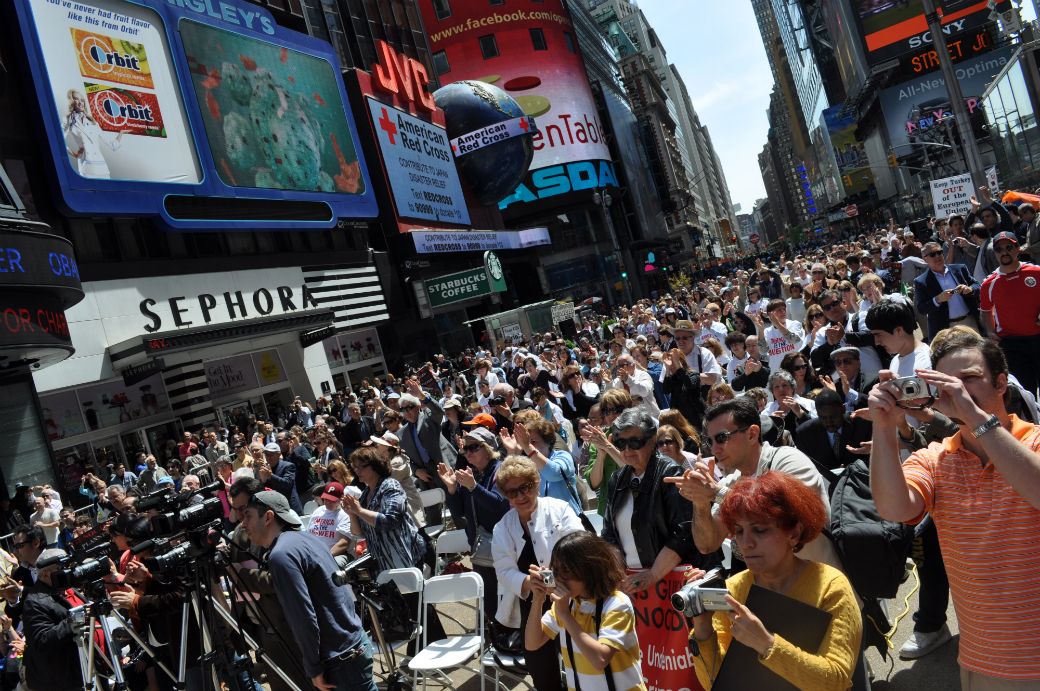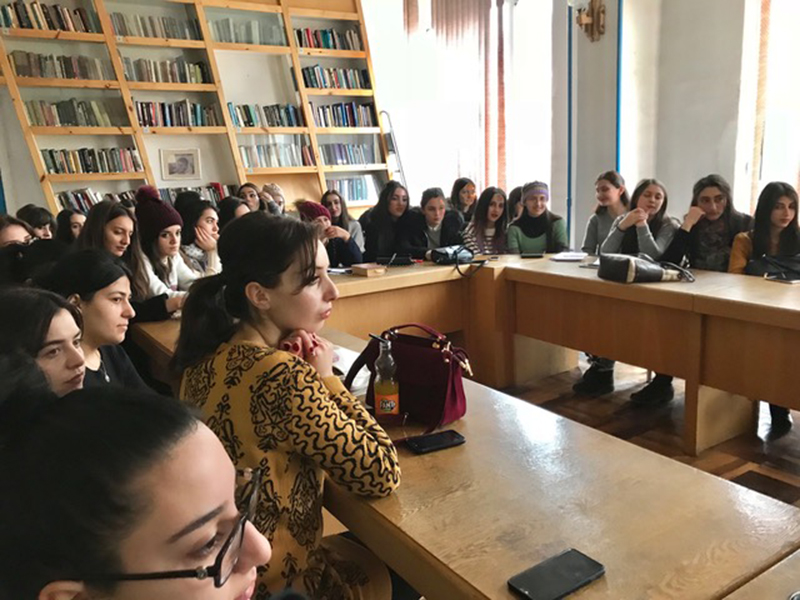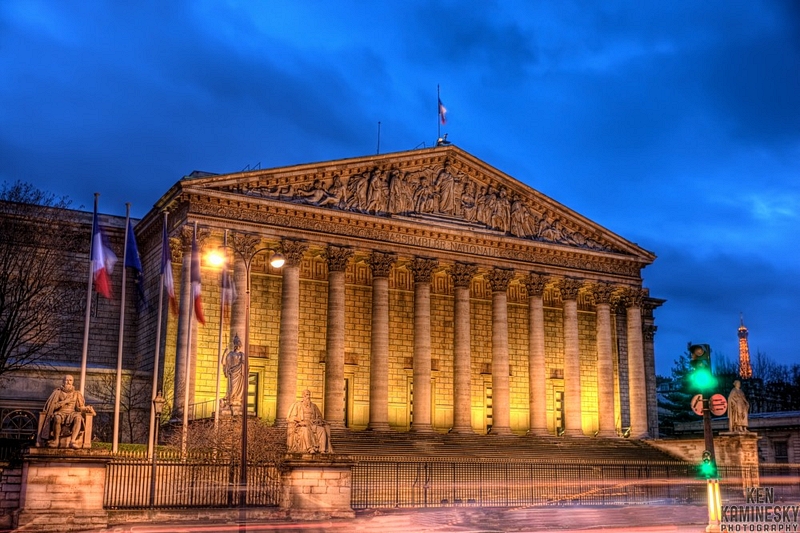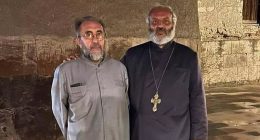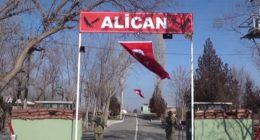YEREVAN — There have been numerous attempts to raise awareness about the Armenian Genocide by means of films. Many films about the Armenian Genocide have been shot aimed at showing the reality and the cruelty the Armenians had been subjected to in 1915.
“Armenpress” presents 10 films about the Armenian Genocide that are worth watching.
1. Nahapet
Nahapet is a 1977 Armenian film written and directed by Henrik Malyan. The film is about a man who tries to rebuild his life after losing his wife and child in the Armenian genocide. It is based on a novel written by Hrachya Kochar. The film has been cited as an example of the portrayal of genocide in the film industry. The film was screened in the Un Certain Regard section of the 1978 Cannes Film Festival.
2. Mayrig
Mayrig (Mother) is a 1991 semi-autobiographical film written and directed by French-Armenian filmmaker Henri Verneuil. The film s principal cast includes Claudia Cardinale and Omar Sharif. It is about the struggles of an Armenian family that emigrates to France from Turkey after the Armenian Genocide of 1915.
Following the film’s success, Verneuil edited the movie into a television series. He followed that up with 588 rue paradis, a sequel to the original movie.
3. Ararat
Ararat is a 2002 Canadian-French drama historical film written and directed by Atom Egoyan and starring Charles Aznavour, Christopher Plummer, David Alpay, Arsinée Khanjian, Eric Bogosian, Bruce Greenwood and Elias Koteas.
It is based on the defense of Van in 1915 during the Armenian Genocide, an reality that is disputed to this day by the Government of Turkey. In addition to exploring the human impact of that specific historical event, the film also examines the nature of truth and its representation through art.
4. The Cut
The Cut is a film directed by Fatih Akin who is a German film director, screenwriter and producer. He is of Turkish descent.
In 1915 a man survives the Armenian genocide in the Ottoman Empire, but loses his family, speech and faith. One night he learns that his twin daughters may be alive, and goes on a quest to find them. Determined to find them, his search takes him from the Mesopotamian deserts and Havana to the barren and desolate prairies of North Dakota. On his journey, he encounters a range of very different people from the angelic and kind hearted to the devil incarnate.
5. The Lark Farm
The Lark Farm (Italian: La masseria delle allodole) is a 2007 Italian drama film directed by Paolo and Vittorio Taviani about the Armenian Genocide.
The story, drawn from La masseria delle allodole, the best-selling novel by Antonia Arslan, tells about the Avakian clan, an Armenian family living in Turkey and having two houses. The Avakians feel convinced that the rising tide of Turkish hostility on the horizon means little to them and will scarcely affect their day to day. The Avakians do not pay attention to the warning signs, and set about preparing for a family reunion with the impending visit of two well-to-do sons – landowner Aram, who resides in Turkey, and Assadour, a physician living in Venice. These illusions come crashing down when a Turkish military regiment crops up at the house, annihilates every male member of the family and forces the ladies to trek off into the Syrian desert, where they will be left to rot. With them goes one of the little boys of the family, who was dressed into a girl in order not to be killed. Meanwhile, a handsome Turkish officer (Moritz Bleibtreu) falls in love with Aram s daughter and makes an aggressive attempt to deliver her from certain death, even as the circumstances surrounding him attest to the astounding difficulty of doing so.
6. Dzori Miro
The hero of the film loses his family during the 1915 genocide in the Ottoman Empire and fights against Turkish militiamen. Disappointed in his life, Miro finds refuge in Soviet Armenia. His love for a refugee girl sparks his willingness to create a family and start a new life.
7. Map of Salvation
Map of Salvation is a feature-length docudrama film made to commemorate the 100th anniversary of the Armenian Genocide.
The film tells about five European women, Maria Jacobsen (Denmark), Karen Jeppe (Denmark), Bodil Biørn (Norway), Alma Johansson (Sweden), Anna Hedvig Büll (Estonia), who were witnesses to the Armenian Genocide and subsequently founded shelters for Armenian children and women.
Film production was in 29 cities of 9 countries. The film was directed by Aram Shahbazyan and produced by Manvel Saribekyan.
8. 1915
The film Directors are Garin Hovannisian, Alec Mouhibian. Simon Abkarian, Angela Sarafyan, Sam Page star in the film.
In 2015, exactly 100 years after the Armenian Genocide, a director (Simon Abkarian) is staging a play at the Los Angeles Theatre to honor the victims of that crime, forgotten and denied for an entire century. The play stars his enigmatic wife (Angela Sarafyan) as an Armenian woman in 1915 who must make a controversial decision that will alter the course of history.
But this will not be an ordinary performance. As protesters surround the theater before showtime, and a series of strange accidents spreads terror among the play s cast (Sam Page, Nikolai Kinski) and producer (Jim Piddock), it appears that Simon s mission is far more dangerous than we think – and the ghosts of 1915 are everywhere.
9. Aram
The director of the film is Robert Kechichian. The movie was presented in 2002.
The Sarkissians family has been living in Paris for a long time. They left behind their hardships, the war and their lost homeland. But the pain of the past comes back when Levon – the youngest son of the family – gets injured during Paris terrorist attack. Simon Abkarian, Lubna Azaba, Mathieu Demy star in the film.
10. Don’t Tell Me the Boy Was Mad
Don’t Tell Me the Boy Was Mad (French title: Une histoire de fou) is a 2015 French drama film co-written, produced and directed by Robert Guédiguian. The film is based on the true story of a Spanish journalist, José Gurriarian, who was left in semi-paralyzed state after Armenian Secret Army for the Liberation of Armenia bomb attack in Madrid in 1981. He then recounted his experiences in an autobiographical novel La Bomba, which serves as the source material for the film. The film was screened in the Special Screenings section at the 2015 Cannes Film Festival
Presented by Roza Grigoryan

